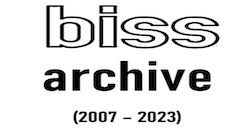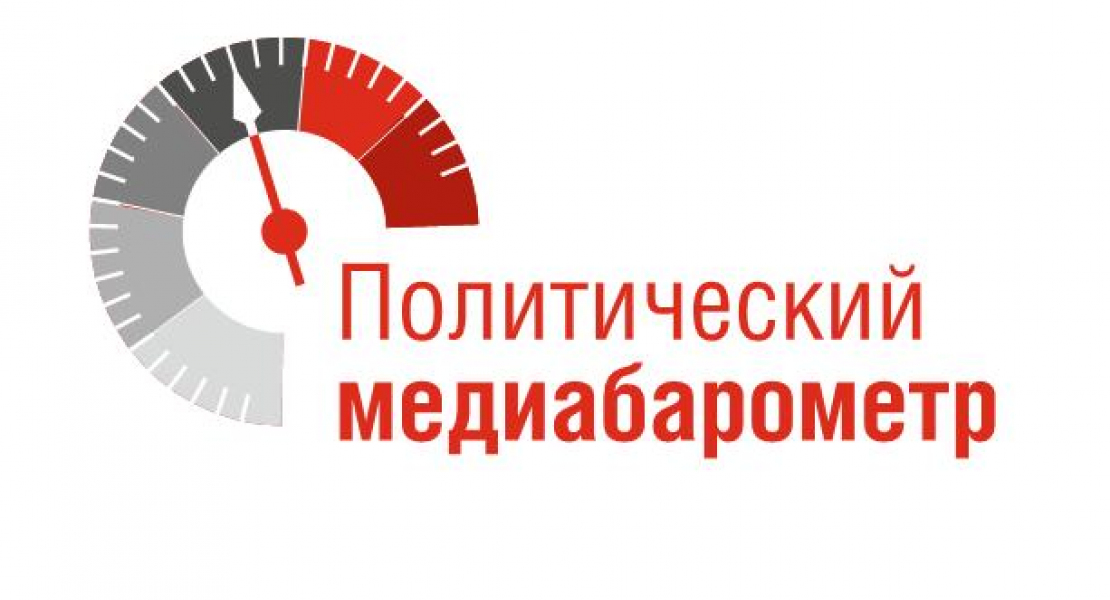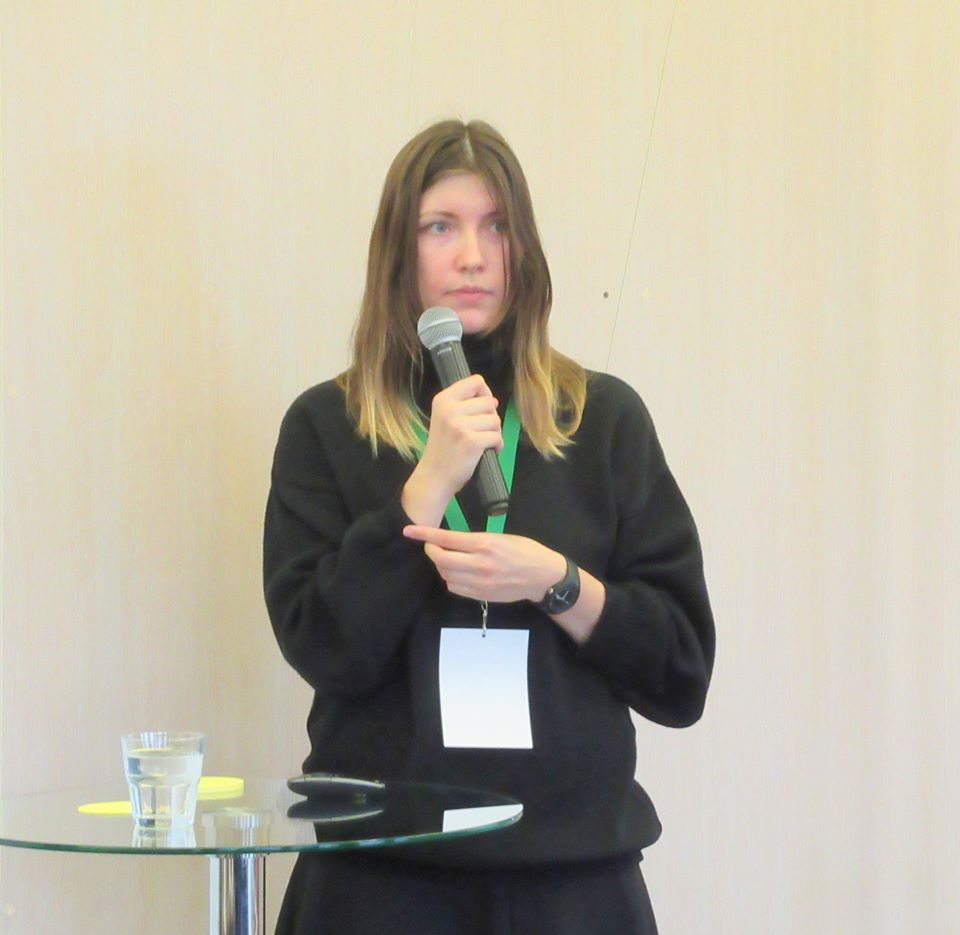Belarusian Institute for Strategic Studies (BISS) presents the fifth issue of its quarterly report, “BISS Political Media Barometer (April-June 2013)”. This report completes the annual cycle of studies and contains information about communications of political forces and their reflection in the media.
After six months of analyzing the political communication, we can now formulate a number of recommendations on how to improve the political forces’ communication strategies. The findings also show some pinch points in the relations between the media and the independent political figures. In general terms, there has been a certain progress of the political communication. It is the first time since we have launched our media monitoring project that the politicians have quite often discuss the economic issues. The percentage of the economy-related communication has doubled in compare with the previous quarter which does not only mean a diversification of the political forces’ agenda, but it also brings it closer to the general public and their priorities.
Our analysts observe the positive and negative changes in political informational field.
Positive changes:
- The media were giving more coverage to the political actors and forces with a higher rate of offline activity and with a larger share of proactive communications. Thus, following Anatol Liabedzka, the traditional leader in the media presence rating,[1] the second, third, fourth and fifth positions were held by Uladzimir Niakliayeu, Aliaksandr Milinkevich, Aliaksiey Yanukevich and Vital Rymasheuski, respectively.
- The thematic distribution of the communication content was more balanced. The leading topics in the political communications were more diverse. The analyzed period was marked by a growth in the coverage of various themes such as the international relations, domestic politics and the social sphere. The share of references to economy-related issues also increased, up to 15%.
Negative changes:
- For both the individual politicians and the political forces, the growth in their own communications slowed down. This cannot be attributed to an increase in the number of media references, since the total sum of references to politicians fell from 3,900 in January – March to 3,084 in April – June 2013.
- The number of initiatives dwindled. During the analyzed period it was only Andrey Dzmitriyeu and Dzmitry Vus who came up with new projects or initiatives. This factor contributed essentially to a drop in the other politicians’ qualitative index (for the methodology of calculating the qualitative index see the Qualitative index).
- The ratio of proactive communications, i.e. those instances when political actors create coverage opportunities on their own initiative, shrunk. At the same time the share of reactive communications, i.e. those references in which political actors simply react to external events, grew to 85%.
- The percentage of regional representatives and female voices also decreased, which could lead to a decline in the attention paid by the audience to the political forces, customarily represented by the same key figures.
Read the English text of the BISS Political Media Barometer in PDF
[1] It is a quantitative index, calculated based on the number of references made to the political actor and on the media outreach.



